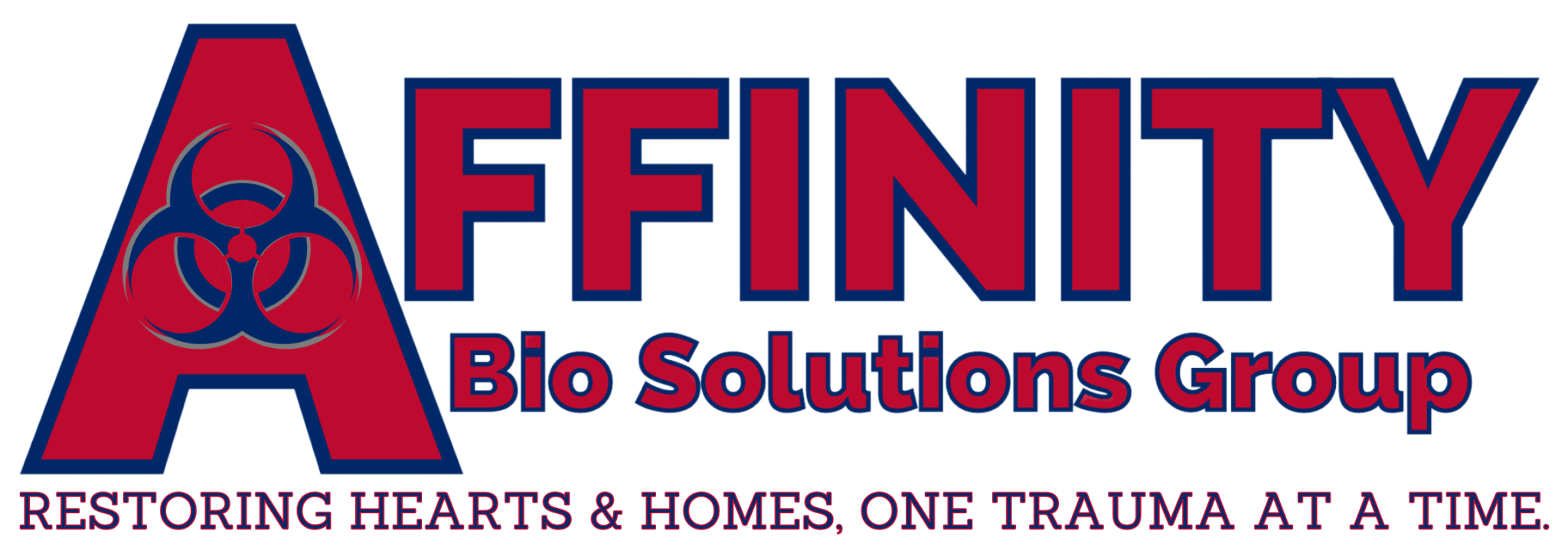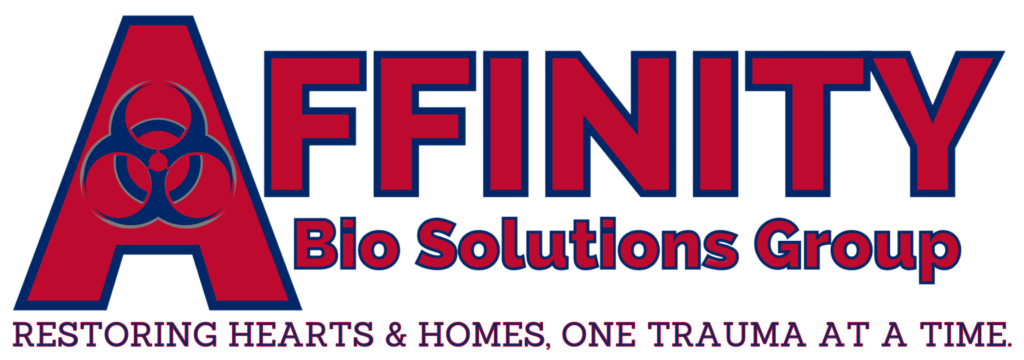Hazardous materials, often abbreviated as “hazmat,” encompass a wide range of substances that pose risks to human health, safety, and the environment. These materials can be found in various settings, including industrial facilities, laboratories, transportation routes, and even household products. Understanding what qualifies as hazardous material is essential for identifying potential risks, implementing appropriate safety measures, and ensuring compliance with regulations. Let’s delve into the definition of hazardous materials and explore some common examples.
Understanding Hazardous Materials
 Definition of Hazardous Materials:
Definition of Hazardous Materials:
Hazardous materials are substances that, due to their chemical, physical, or biological properties, have the potential to cause harm to humans, animals, or the environment. These materials may be toxic, flammable, corrosive, reactive, or pose other health and safety hazards. Hazardous materials can include chemicals, gases, liquids, solids, biological agents, and radioactive materials, among others.
- Categories of Hazardous Materials:
Hazardous materials are typically categorized into several classes or categories based on their properties and potential hazards. Some of the most common categories of hazardous materials include:
- Flammable Liquids and Gases: Substances that can ignite and burn easily, such as gasoline, propane, and solvents.
- Toxic Substances: Chemicals that can cause harm to living organisms through ingestion, inhalation, or skin contact, such as pesticides, certain cleaning products, and industrial chemicals.
- Corrosive Materials: Substances that can cause damage to skin, eyes, and other materials through chemical reactions, such as acids and strong alkaline solutions.
- Explosive Materials: Substances that can undergo rapid chemical reactions, producing heat, gas, and pressure, leading to explosions, such as dynamite and fireworks.
- Radioactive Materials: Substances that emit radiation and can cause harm to living organisms and the environment, such as uranium, plutonium, and medical isotopes.
- Common Examples of Hazardous Materials:
Hazardous materials can be found in various forms and contexts, including:
- Industrial chemicals used in manufacturing, such as acids, solvents, and heavy metals.
- Household products, including cleaning agents, pesticides, and batteries.
- Medical supplies and pharmaceuticals, such as chemotherapy drugs and radioactive isotopes.
- Hazardous waste generated by industrial processes, laboratories, and healthcare facilities.
- Handling and Storage of Hazardous Materials:
Due to their potential risks, hazardous materials must be handled, stored, and transported with care to prevent accidents, spills, and exposure. Proper training, labeling, packaging, and containment are essential for ensuring the safe handling and storage of hazardous materials. Additionally, facilities that handle hazardous materials must comply with regulations set forth by government agencies, such as the Occupational Safety and Health Administration (OSHA), the Environmental Protection Agency (EPA), and the Department of Transportation (DOT).
- Environmental and Health Impacts:
Improper handling or disposal of hazardous materials can have serious consequences for the environment and public health. Spills, leaks, and releases of hazardous materials can contaminate soil, water, and air, leading to environmental degradation, ecosystem disruption, and adverse health effects for humans and wildlife. Minimizing the use of hazardous materials, implementing pollution prevention measures, and practicing responsible waste management are crucial for reducing environmental and health risks associated with hazardous materials.
- Transportation of Hazardous Materials:
The Department of Transportation (DOT) regulates the transportation of hazardous materials through the Hazardous Materials Regulations (HMR), which establish standards for packaging, labeling, placarding, and shipping documentation. Proper training of drivers, adherence to loading and unloading procedures, and compliance with transportation regulations are essential for safely transporting hazardous materials and minimizing the risk of incidents on roadways, railways, and waterways.
- Emergency Response and Contingency Planning:
In the event of a spill, leak, or release of hazardous materials, prompt and effective emergency response is crucial for mitigating the impact and protecting public safety. Facilities that handle hazardous materials must have comprehensive emergency response plans in place, including procedures for evacuating personnel, containing spills, and notifying appropriate authorities. Regular drills, training exercises, and coordination with local emergency responders are essential for ensuring a timely and coordinated response to hazardous materials incidents.
- Emerging Risks and Technologies:
As technologies and industries evolve, new types of hazardous materials and risks may emerge, requiring ongoing vigilance and adaptation of safety practices and regulations. For example, the rapid growth of electronic waste (e-waste) has introduced new challenges related to the disposal and recycling of hazardous materials found in electronic devices, such as lead, mercury, and flame retardants. Additionally, advances in nanotechnology and biotechnology have raised concerns about the potential hazards of engineered nanoparticles and genetically modified organisms.
- International Considerations:
Hazardous materials are subject to international regulations and conventions aimed at promoting uniform standards and cooperation in the management of hazardous materials on a global scale. Organizations such as the United Nations (UN) and the International Maritime Organization (IMO) develop and implement international agreements and guidelines for the transportation, handling, and disposal of hazardous materials. Cross-border shipments of hazardous materials require compliance with international regulations and may involve additional documentation and oversight to ensure safety and security throughout the supply chain.
- Public Awareness and Education:
Raising public awareness about the risks associated with hazardous materials and promoting education and training on proper handling and disposal practices are essential for fostering a culture of safety and environmental stewardship. Educational initiatives targeting businesses, communities, schools, and individuals can empower people to make informed decisions about the use, storage, and disposal of hazardous materials, ultimately contributing to safer workplaces, cleaner environments, and healthier communities.
Hazardous materials present complex challenges and risks that require careful management, regulation, and public awareness to ensure safety, protect the environment, and safeguard public health. By understanding the properties, risks, and regulatory requirements associated with hazardous materials, individuals, businesses, and governments can work together to mitigate hazards, promote responsible practices, and minimize the impact of hazardous materials on society and the environment. Continued vigilance, innovation, and collaboration are essential for addressing emerging risks and evolving technologies in the management of hazardous materials.

